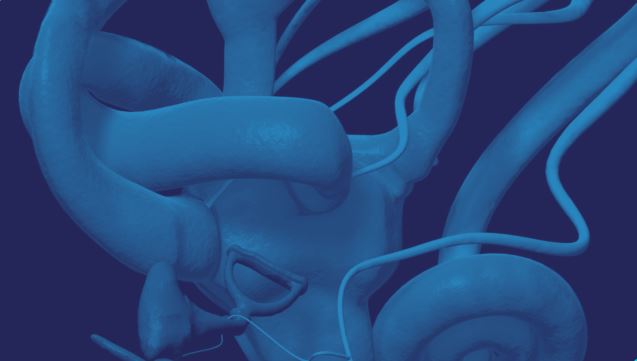Feb. 28, 2022
Assessment of Third Mobile Window Syndromes
Last month’s post was an introduction to Third Mobile Window Syndromes (TMWS) in general. This month’s post will focus on the diagnostic techniques that may be helpful in the diagnosis of a TMWS. Diagnosis is often reached through a combination of measures including vestibular and hearing tests, imaging with CT scan or MRI, as well as correlation with consistent symptoms.












